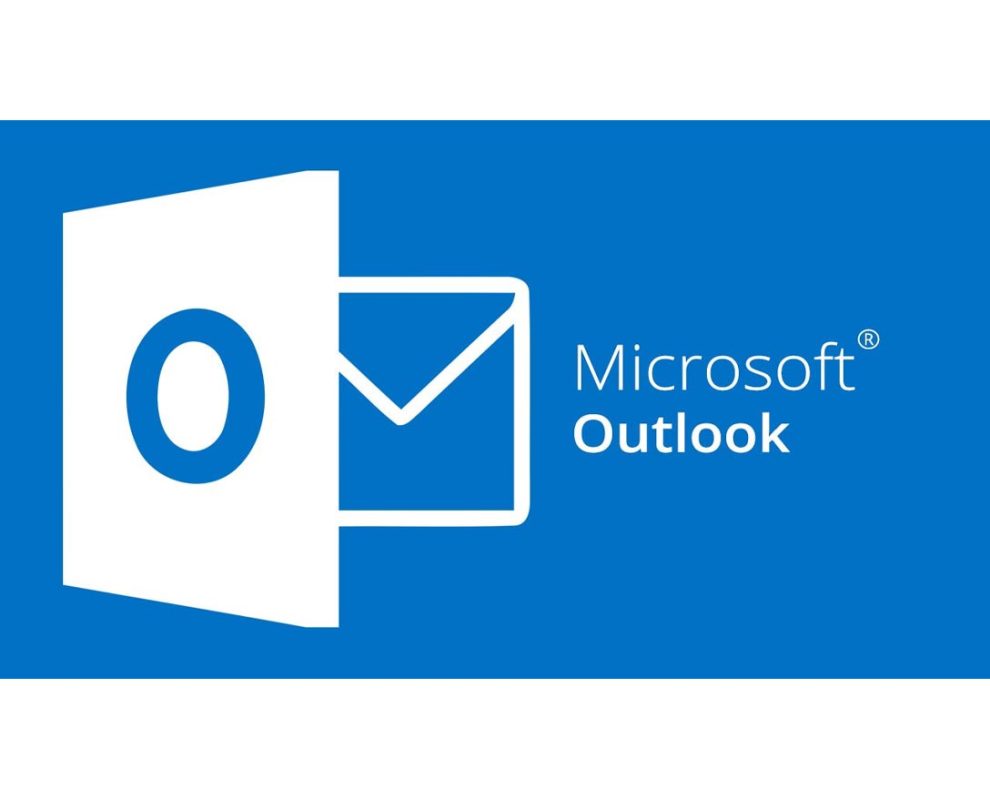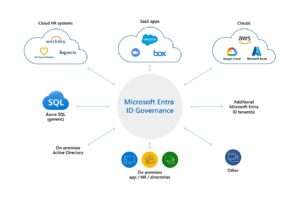A critical security flaw in Microsoft Outlook has sent shivers down the spines of its estimated 400 million users worldwide. The vulnerability, discovered by security researcher Vsevolod Kokorin, allows malicious actors to impersonate legitimate email senders, including trusted entities like Microsoft itself. This opens the door for a surge in phishing attacks, potentially compromising sensitive data and wreaking havoc on individuals and organizations alike.
The Spoofing Threat: Mimicking Legitimate Sources
The core of the issue lies in email spoofing. This technique involves forging the sender’s email address to make it appear as if an email originated from a trusted source, such as a bank, a colleague, or even Microsoft security. Unsuspecting recipients, tricked by the seemingly familiar sender address, are more likely to open the email, click on malicious links, or download infected attachments.
A Demonstration Ignites Alarm Bells
Kokorin first reported the vulnerability to Microsoft, but claims his findings were initially dismissed. Determined to raise awareness, he released a video demonstration showcasing how he could spoof a Microsoft security email address. This public exposure prompted Microsoft to acknowledge the issue, but a permanent fix is yet to be implemented.
Fallout and Potential Consequences
The ramifications of this security flaw are significant. Here’s a breakdown of the potential consequences:
- Increased Phishing Attacks: Phishing attempts disguised as trusted sources like Microsoft security are likely to rise. These emails might trick users into revealing sensitive information like passwords or downloading malware that grants attackers access to devices and networks.
- Data Breaches: Successful phishing attacks could lead to data breaches, compromising personal information, financial data, and even intellectual property of individuals and organizations alike.
- Erosion of Trust: The ability to impersonate Microsoft undermines trust in email communication. This could lead to increased hesitation in opening emails, potentially hindering legitimate communication channels.

What Outlook Users Can Do: Staying Vigilant in the Face of Risk
While a permanent fix from Microsoft is awaited, here are some steps Outlook users can take to protect themselves:
- Scrutinize Sender Addresses: Don’t rely solely on the sender’s name. Double-check the actual email address before opening an email, especially if it appears to be from a known contact or organization.
- Beware of Urgency and Pressure: Phishing emails often create a sense of urgency or pressure to compel users to act quickly without thinking critically. Be wary of emails demanding immediate action or threatening consequences for inaction.
- Verify Links Before Clicking: Hover your mouse over a link before clicking to see the actual destination URL. Phishing emails often mask malicious links behind seemingly legitimate text.
- Enable Multi-Factor Authentication: Multi-factor authentication (MFA) adds an extra layer of security beyond passwords. Even if a phisher gains access to your email address and password, they won’t be able to bypass MFA verification.
- Report Suspicious Emails: Report any suspicious emails to Microsoft to help them track and address phishing attempts.
Beyond User Vigilance: The Need for a Swift Patch
While user awareness is crucial, the ultimate responsibility lies with Microsoft to address this vulnerability swiftly. A permanent patch that plugs the spoofing loophole is essential to protect its massive user base. Additionally, Microsoft should consider implementing stricter email authentication protocols to further mitigate the risk of impersonation.
The Ongoing Battle Against Phishing
The discovery of this email spoofing bug in Outlook serves as a stark reminder of the ever-evolving threat landscape. As technology advances, so do the tactics employed by cybercriminals. By remaining vigilant, adopting secure practices, and demanding robust security measures from service providers, users can be better equipped to navigate the treacherous waters of online communication.
















Add Comment